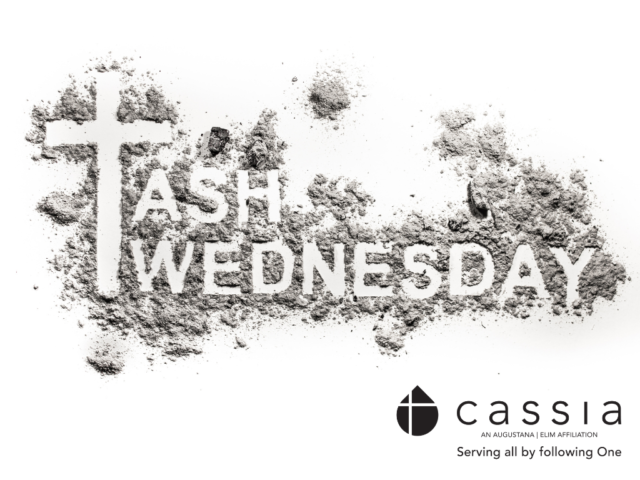February 17, 2021
Scripture: Joel 2:13 rend your hearts and not your clothing. Return to the LORD, your God, for he is gracious and merciful, slow to anger, and abounding in steadfast love, and relents from punishing.
As with the many people who picked up a new hobby or two during the pandemic, I too drove my extra attention and anxiety into a new outlet: watercolor painting. It started out harmless enough – just an impulse buy of a cheap set of colors (brush included!) and a pad of paper advertised as “for watercolors.” When the paints arrived, I started to play. I saw in myself the glimmer of joy that I see when my two-year-old daughter starts to play. Nothing I did looked like I had intended it to look, but I didn’t have any less fun because of the final product. Curiosity bloomed and I started down a whole rabbit-hole of watercolor-related topics. After the initial play phase, I started to seek out more information: downloading how-to books from the library online, watching YouTube videos of artists and tutorials, and starting several Skillshare classes. I learned about various types of paper and different blends of hairs that go into brushes. But nothing fascinated me as much as when I started to dive into the world of pigments. Watercolors themselves are most simply created from a pigment and a binder. That’s it. Pigments come from a variety of sources and types: plants, animals, organic and inorganic materials. Today many are synthetically produced in labs. Some professional paints contain heavy metals and carry toxicity warnings about how you should handle the paint. And some… some are created from soils – from dirt. You might imagine that these pigments are rather limited in range, as in, do you want some browns to go with your browns? However, these pigments and the paints made from dirt are stunning, and range in tones from, yes, deep brown and ash black to rusty reds, white sandy shore beige, to jewel worthy emerald and warm-toned olive. The dirt is ground as fine as dust before mulled into its binder and poured into a vessel to dry. You can paint a masterpiece just using dirt. It was this revelation that rested on my head this year as I looked at our Ash Wednesday rituals. When ashes are provided on our foreheads, the officiant will typically say, “remember you are dust and to dust, you will return,” as quoted from Genesis 3:19. I have always held this scripture and ritual with solemn gravitas that we are to remember our mortality. We are lowly, made of dust, and our bodies will return to the dust. I don’t know about you, but I have rarely felt a breath away from our collective mortality in this past year. I don’t feel like I need yet another reminder of my mortality since the reminders of it are everywhere. We are dust. But dust is not lowly. I have a new take on dust this year, dust can create masterpieces. Just consider: dust is the chosen material that the original Artist used to create us. Dust can be the material of masterpieces, it just needs the right binder. For human creation, that was God’s very breath. So this year, I will look to the scriptures assigned for reading during Ash Wednesday and consider how God is gracious and merciful, slow to anger, and abounding in steadfast love, knowing that we are wonderfully made masterpieces from dust.
Prayer:
God who breathes life into the dirt, grant us your peace on our Lenten journey and encourage our curiosity that it may lead us closer to you. Amen.
Chaplain Sarah Karber, Augustana Minneapolis

